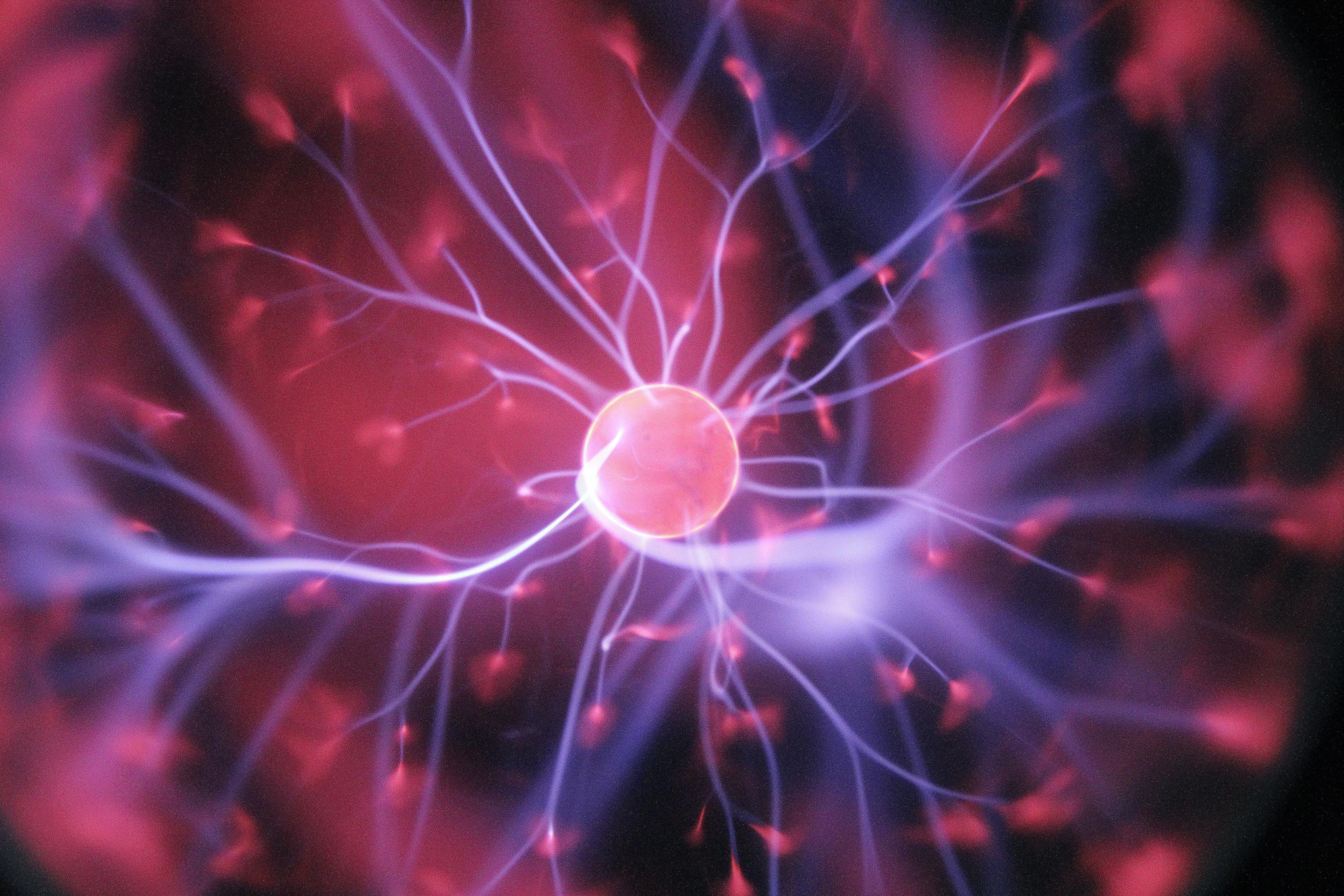

100 seconds
We try to be as close to reality as possible and ask ourselves what's really relevant to master a particular role. We create realistic scenarios that closely mirror a work environment to ensure our simulations prepare learners for real tasks, challenges, and transactions.

Understanding the "WHY" behind content deepens comprehension, with studies showing that learners retain up to 70% more information when they grasp its relevance. As much as possible, we try to explain the purpose of the learning experience to foster critical thinking and encourage the application of first principles to abstract concepts.
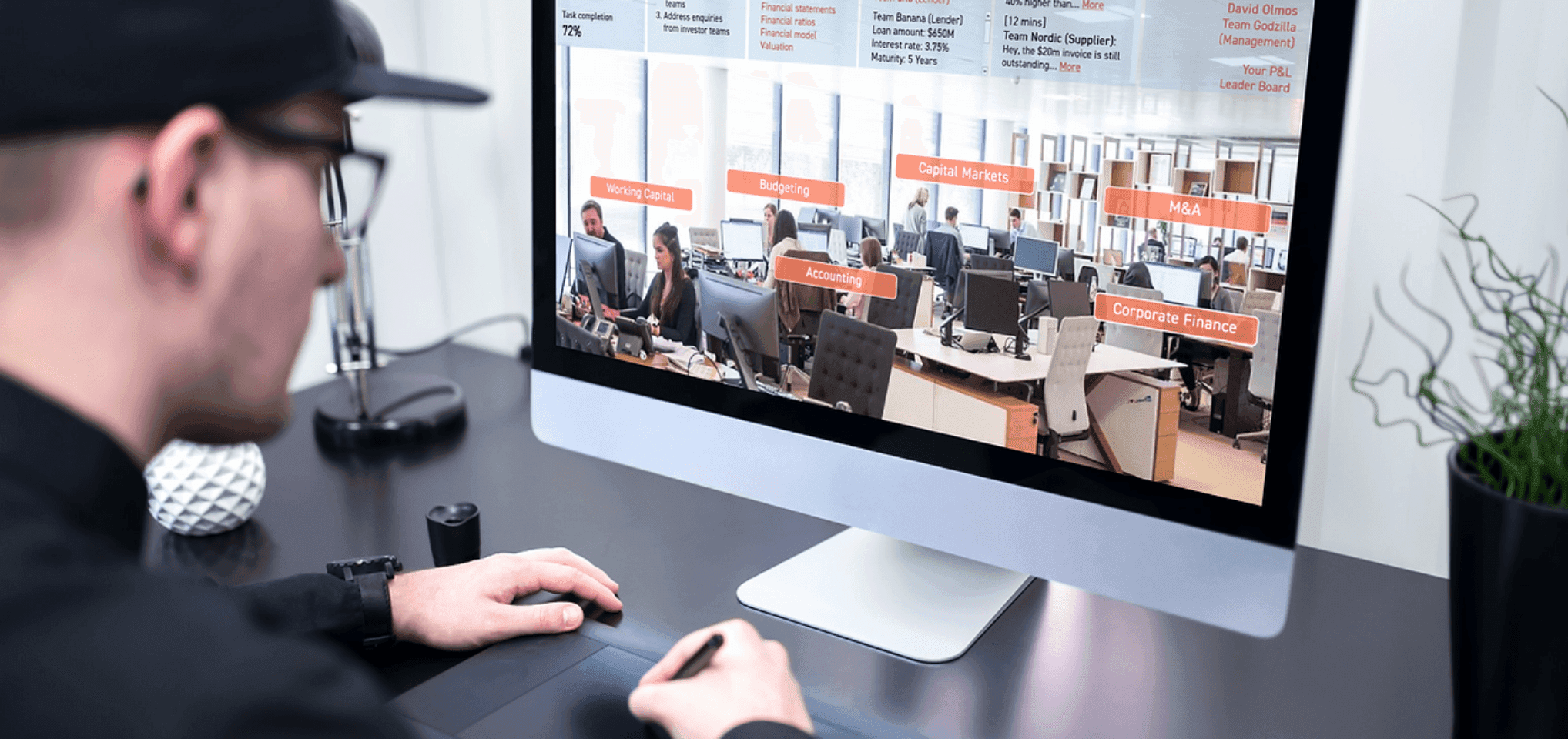
Behavioral surveys show that 70% to 90% of participants find gamified simulations more engaging for learning. Our approach introduces realistic competition to make learning fun, intense, and exciting. Initially overwhelmed, participants quickly adapt and learn the key principles needed for success in the game. Gamified learning creates an effective, dynamic, and enjoyable educational environment.
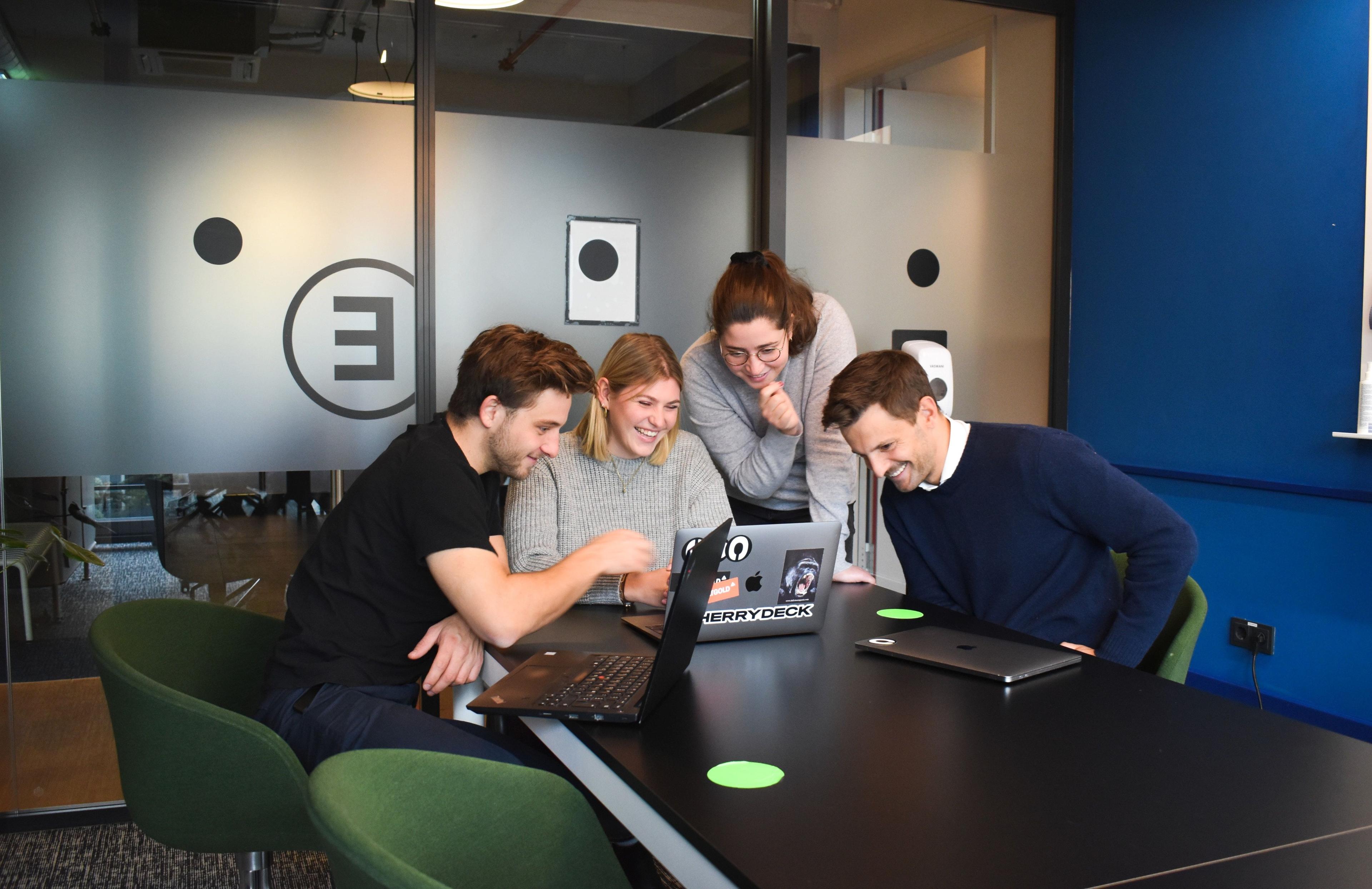
The simulations follow Kolb's learning cycle which is an effective model for experiential learning. This cycle accommodates various learning styles, ensuring a well-rounded learning environment for all participants. It consists of four steps:
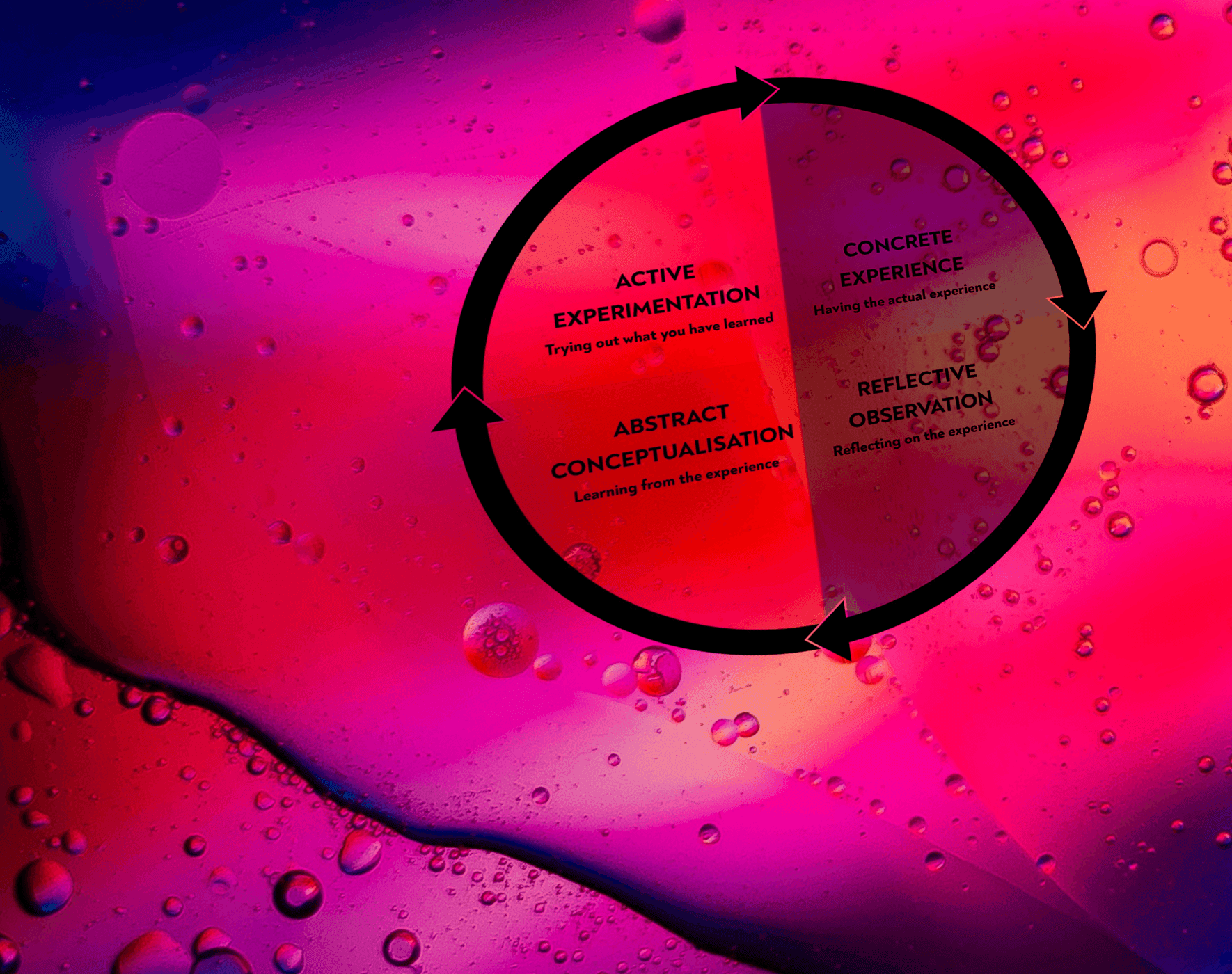
As much as possible, we try to follow the 70-20-10 rule as it is a widely recognized learning and development framework that emphasizes the value of experiential, social, and formal learning. It suggests:

Our simulator adjusts the complexity and difficulty levels based on the learners input variables. This tailored approach ensures each learner receives an optimized experience.
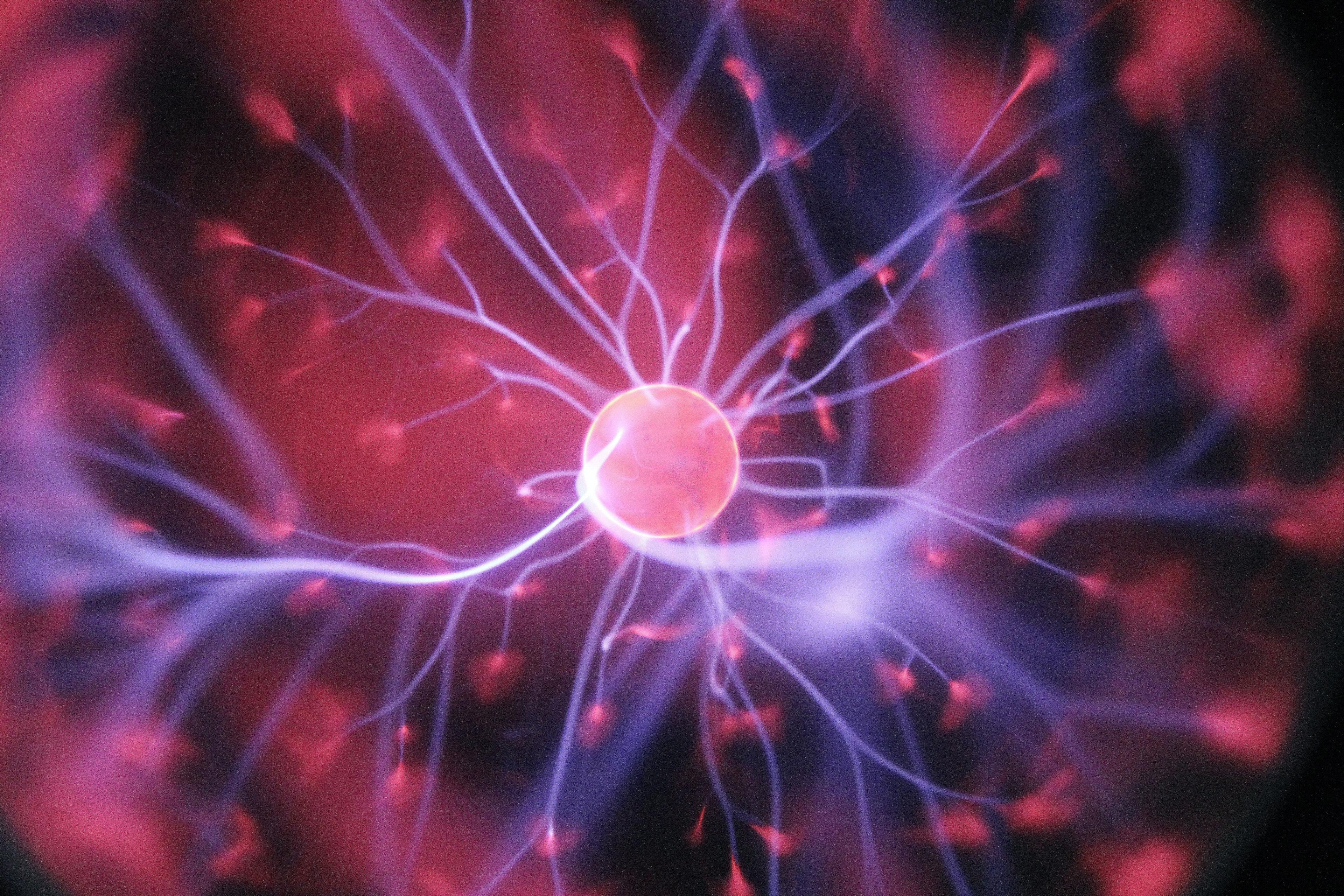
We employ learning by doing to help participants explore unfamiliar concepts and processes through hands-on experiences. Learners face real-life challenges they haven't encountered before. This approach fosters deeper understanding, critical thinking, and teamwork skills.


96 seconds
It's been shown that learners retain up to 90% of information through experiential learning compared to just 10% through traditional methods. Our simulations incorporate experiential and social learning as it is a powerful method that bridges the gap between theoretical knowledge and practical skill development through active participation.
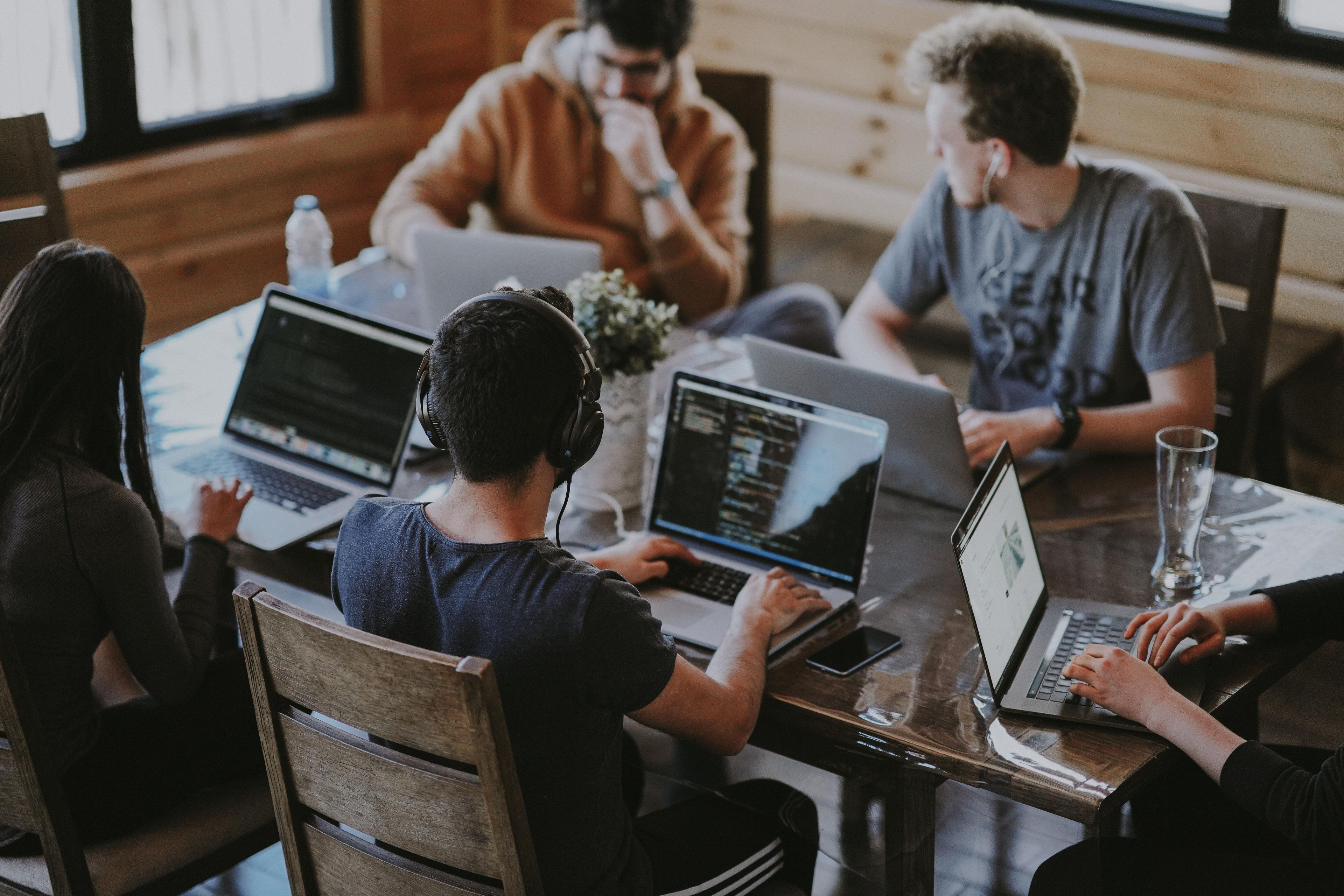
During a simulation, the admin panel provides real-time participant input data to HR or a facilitator who can coach participants. This data, along with the final results and participant-generated reports, can be used for assessment purposes.

Learn how you can use them by scheduling a 30-minute demonstration with one of our advisors.